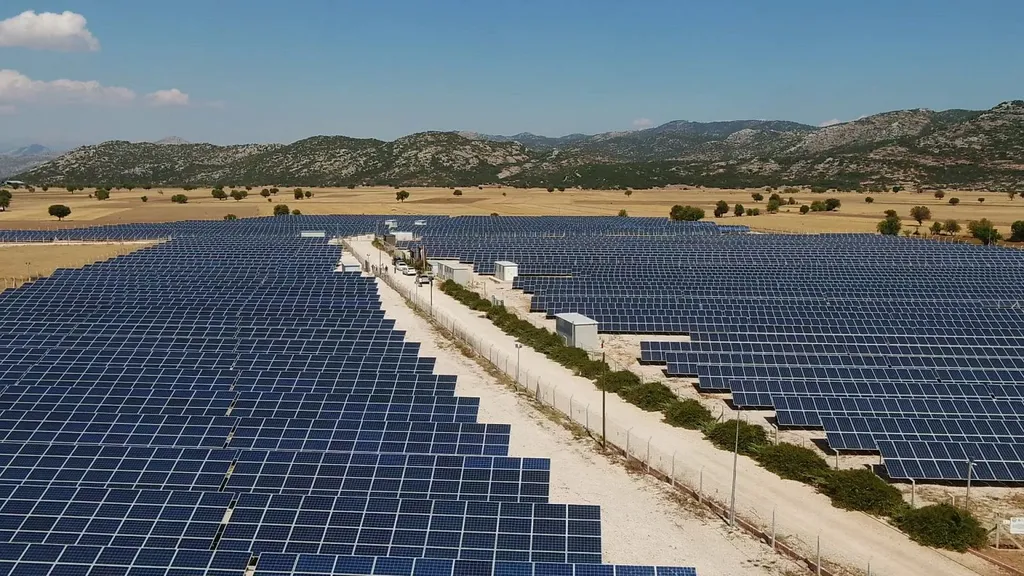In the ever-evolving landscape of solar energy, researchers are continually pushing the boundaries to enhance the efficiency and reliability of photovoltaic (PV) systems. A recent study published in the journal *Energies* by Farzaneh Bagheri from Antalya Bilim University in Turkey introduces a novel approach to dual Maximum Power Point Tracking (MPPT) systems integrated with Three-Level T-Type inverters, promising significant advancements for residential and small commercial solar power systems.
The research focuses on optimizing power extraction from two independent solar panel arrays, a critical factor in improving the overall efficiency of solar energy systems. Bagheri’s work integrates a dual MPPT structure directly into each DC-side split capacitor of the Three-Level T-Type Voltage Source Inverter (3L T-Type VSI), leveraging the inverter’s intrinsic characteristics to achieve superior performance.
One of the standout features of this research is the enhanced sliding mode control (SMC) strategy tailored for dual MPPT and 3L T-Type VSI. This strategy combines the simplicity of conventional PI controllers with the robustness and dynamic performance of SMC, ensuring faster and more stable tracking under dynamic irradiance conditions. “The combination of these methods ensures faster and stable tracking under dynamic irradiance conditions,” Bagheri explains, highlighting the practical implications of the research.
The real-time results obtained using the OPAL-RT Hardware-in-the-Loop platform validated the performance of the proposed control strategy under realistic test scenarios. The current Total Harmonic Distortion (THD) was maintained below 4.8% even under highly distorted grid conditions, and the controller achieved a steady state within approximately 15 ms following perturbations in the DC-link voltage, sudden irradiance variations, and voltage sags and swells. Additionally, the power factor remained unitary, enhancing power transfer from the renewable source to the grid.
The commercial impacts of this research are substantial. By improving the efficiency and reliability of solar power systems, this technology can make solar energy more attractive and accessible for residential and small commercial applications. The enhanced power quality (PQ) standards achieved by the proposed system position it as a practical and flexible solution for advanced solar PV systems, potentially shaping future developments in the field.
As the energy sector continues to evolve, innovations like those presented by Bagheri are crucial in driving the transition towards more sustainable and efficient energy solutions. This research not only advances the technical capabilities of solar power systems but also underscores the importance of continued investment and innovation in renewable energy technologies.

